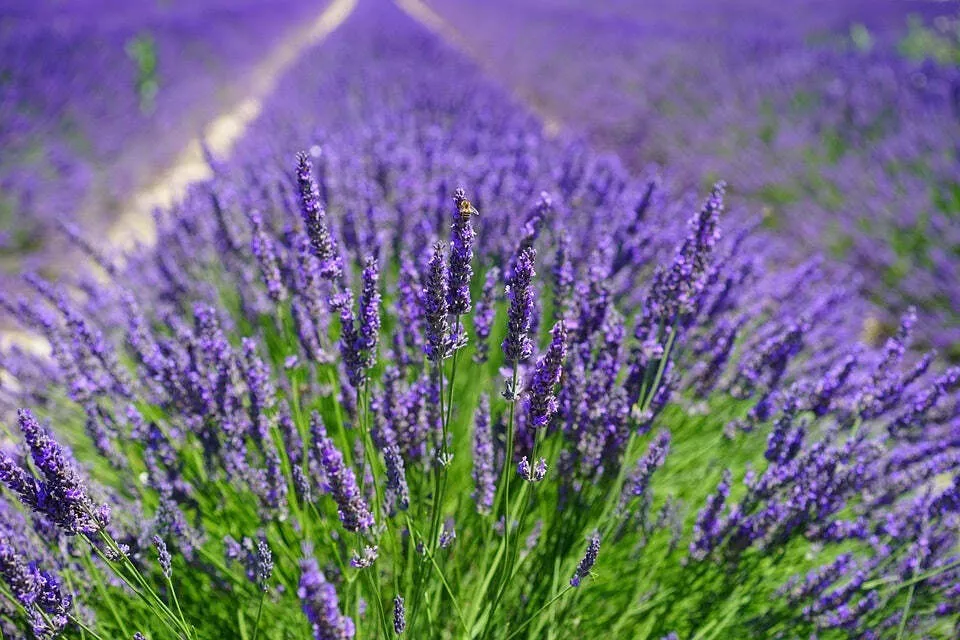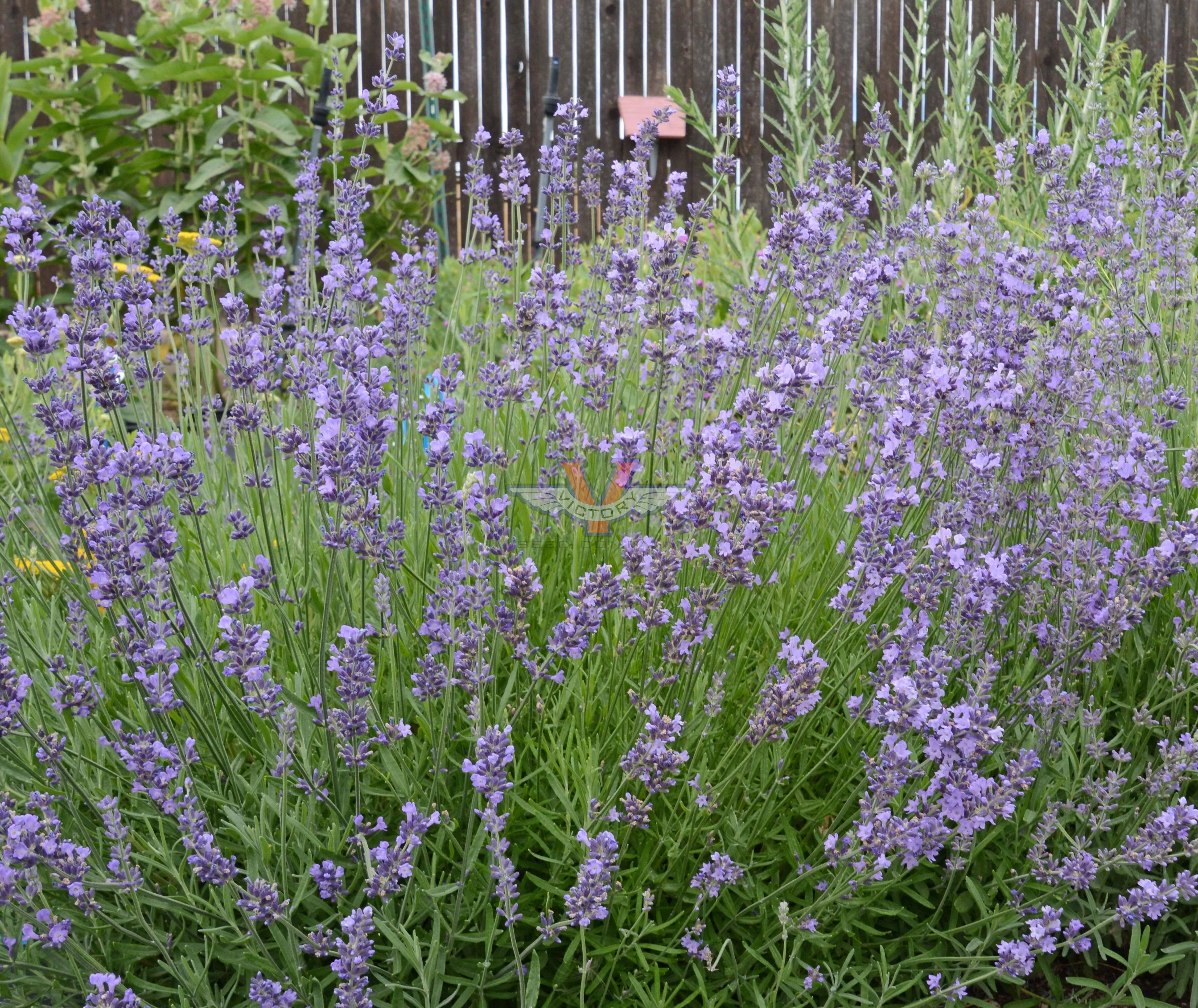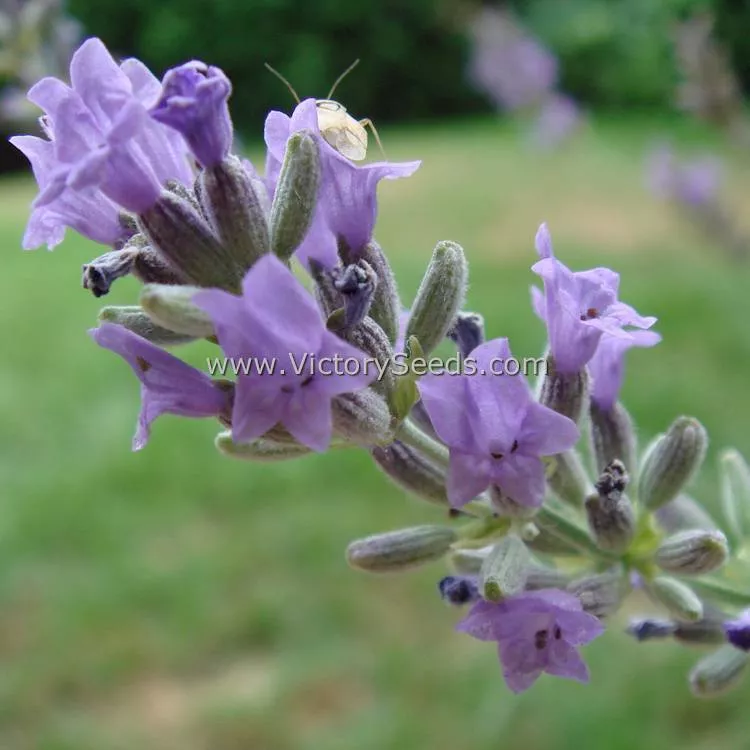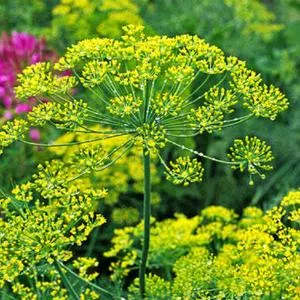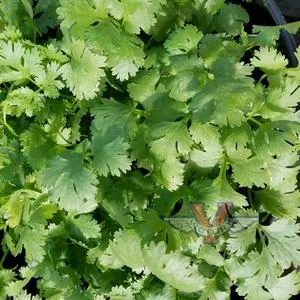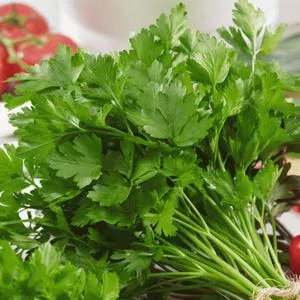


Lavender, English
Price: $3.45
SKU: 4000201When in bloom, the sweet smelling blossoms attract butterflies and are said to repel deer. It can be used in a moon garden to add texture and fragrance. Use caution when planting other fragrant plants near lavender as it can sometimes be overpowered by other scented flowers.
Once established, lavender does well in low water, drought conditions and can tolerate low temperatures. It does not do well in heavy, continually wet soils. Lavender is a perennial plant that is hardy down to USDA zone 5.
Historically, lavender was used medicinally for various ailments, either in the form of an oil or as an herbal tea, as an aromatic, carminative, and nervine.[1] Some sources report that it is effective at curing headaches, especially when related to stress, and to aide against weakness associated with depression. Externally, lavender oil has been used as a stimulating liniment helping to ease aches and pains of rheumatism. It was also used as a condiment to "comfort the stomach,"[1] as well as a component scent of various perfumes, and used as a massage and aromatherapy oil. Dried lavender flowers are sewn into sachets to be placed in closets and drawers as a moth repellent. ![]() The reported preferred temperature for vaporizing and aromatherapy is 266°F (130°C).
The reported preferred temperature for vaporizing and aromatherapy is 266°F (130°C).
- "A Modern Herbal," Mrs. M. Grieve, 1931, p. 467-473.
- A botanical synonym is Lavandula vera.

